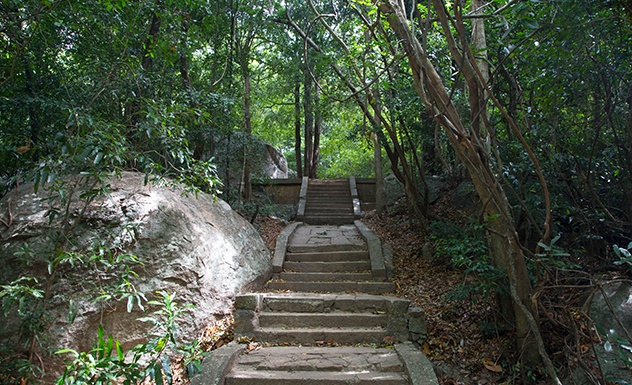Ritigala: The Mystical Monastic Site of Sri Lanka
Overview: Ritigala, located in Sri Lanka’s North Central Province, is an ancient monastic complex renowned for its historical, architectural, and archaeological significance. Dating back to the 1st century BCE, Ritigala is celebrated for its unique blend of mystical ambiance and well-preserved ruins. This archaeological gem, surrounded by dense forest, offers a fascinating glimpse into the early monastic life and the religious practices of ancient Sri Lanka.






Why Visit: Ritigala offers an immersive experience into Sri Lanka’s ancient monastic history and architectural brilliance. The site’s mystical atmosphere, characterized by its lush forest setting and well-preserved ruins, creates a unique ambiance that captivates visitors. Exploring the ancient monastery and its stone pathways allows visitors to connect with the spiritual and architectural heritage of early Buddhism in Sri Lanka. Ritigala is particularly appealing to history enthusiasts, archaeological scholars, and those seeking a serene and contemplative experience amidst historical ruins.



Ritigala stands as a testament to Sri Lanka’s rich monastic and architectural heritage, offering a profound historical and spiritual experience. The site’s ancient ruins, stone pathways, and sacred structures provide a captivating insight into the early days of Buddhism in Sri Lanka, making Ritigala a significant destination for history and archaeology enthusiasts.



This is the official website of the Ministry of Tourism, Republic of Indonesia. The contents listed on this website are intended for informational purposes rather than commercial. Any displayed sale is meant as a token of partnership and will always redirect you to our partners’ sites.